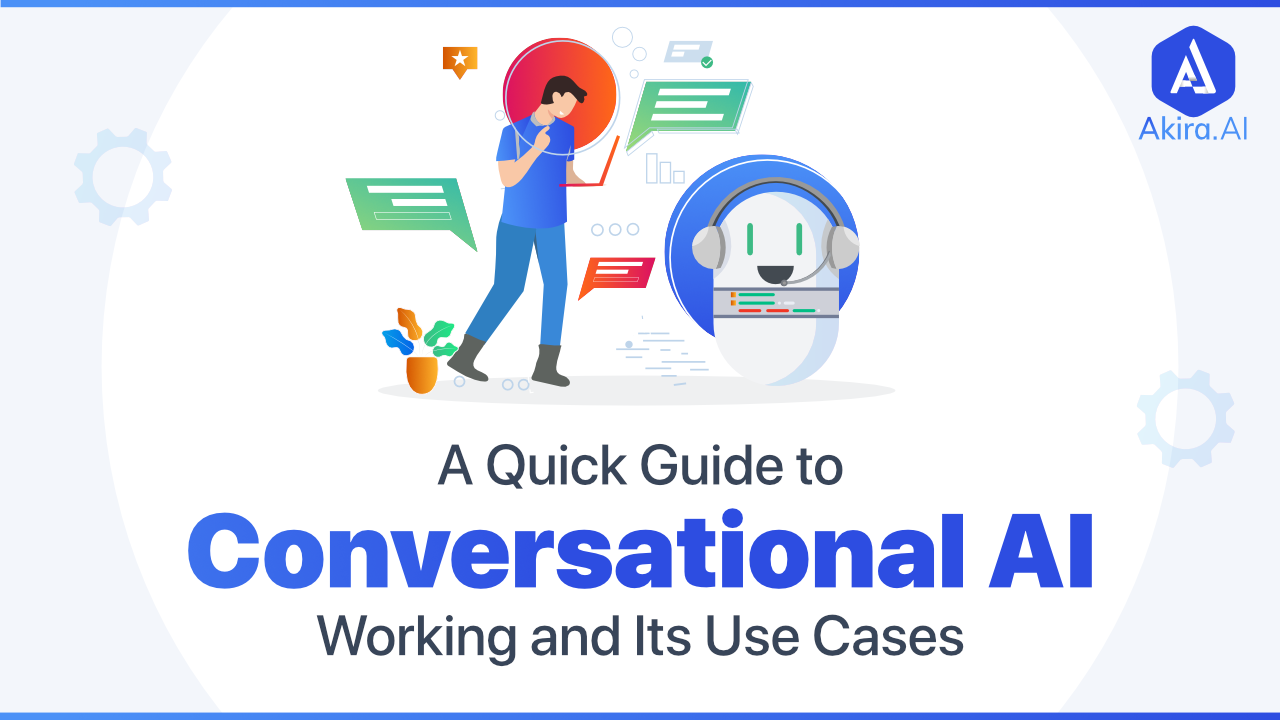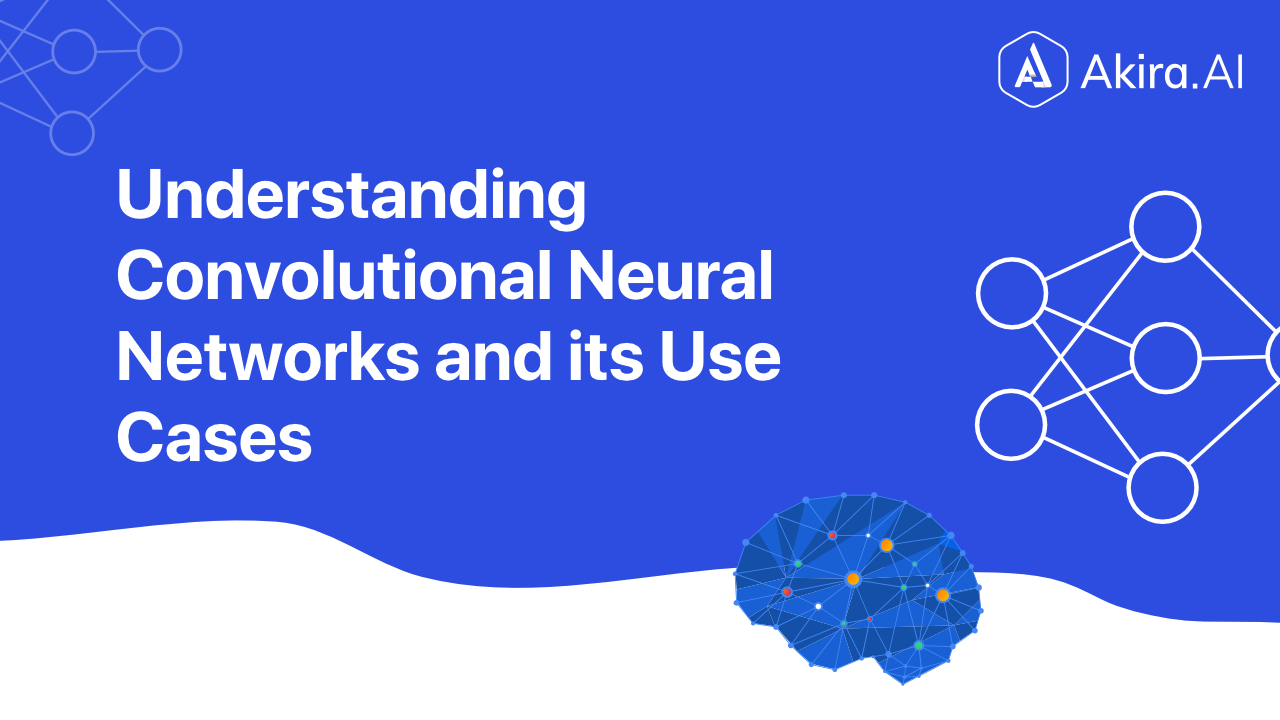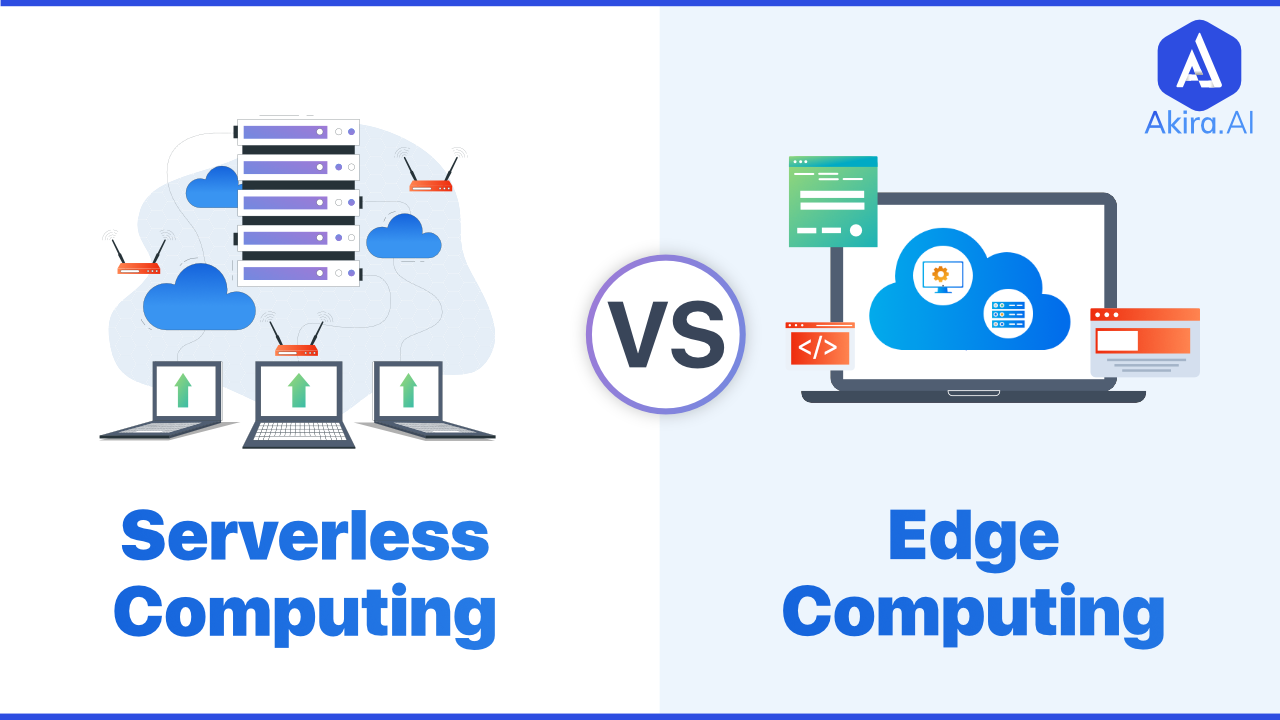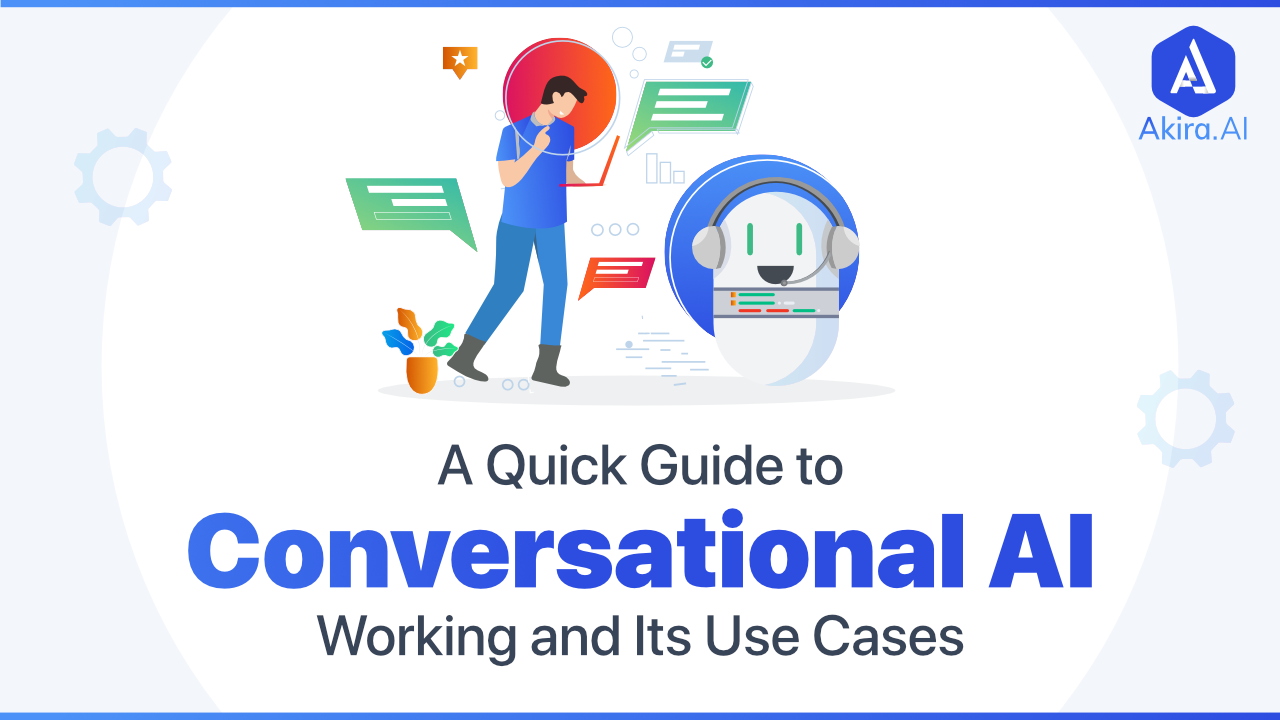Key Insights
Einstein SDR Agent autonomously engages with inbound leads, in natural language, to answer questions, handle objections, and book meetings for human sellers Einstein Sales Coach Agent autonomously engages in role-plays with sellers, simulating a buyer during discovery, pitch, or negotiation calls Accenture will leverage these agents to improve deal team effectiveness, scale to support more deals, and allow their people to focus their time and effort on the most complex deals

Introduction to Conversational AI
Conversational AI is growing more rapidly every day. Not just in business but for every field of Industries. Conversational AI helps us reduce the time and effort required by humans to perform time-consuming tasks. Conversational AI aims to learn from human conversations to make digital systems easy and intuitive to use. It saves time, so humans give their Precious time to focus on manual tasks. That's because it can provide you with an automated customer support agent that can quickly assist your customers with their inquiries through text or speech, understanding intent, and responding in a way that mimics human conversation.
Thus, those customers can get instant responses without waiting for a human assistant to answer. Conversational AI is a highly Popular technology that helps businesses connect with customers and employees. That facilitates real-time human-like conversation between a human and a computer.
Click to read about Human-Centred Artificial Intelligence
What is Conversational AI?
Conversational AI combines all the technologies such as natural language processing (NLP), Machine Learning, deep learning, and artificial intelligence with traditional software like Chatbots, voice assistants, or voice recognition systems to help customers through either a spoken, written text, or typed interface. With the help of technology, humans and computers can communicate clearly and effectively through speech or text. That enables machines to interact with humans via a language naturally. Conversational AI can be used to build very powerful chatbots.
It is a subset of Artificial Intelligence that leverages concepts like neural networks and Machine Learning and makes them available to build useful applications with it like
- Hands-free control on mobiles, while you are driving.
- Siri is waiting for your comman.
- Even virtual agents that assist, in customer support on phone lines.
What are the key components of Conversational AI?
- Natural language processing (NLP) NLP analyzes the natural human language and speech, extracting relevant information from written or spoken text. It's what makes conversational AI smart.
- Artificial intelligence (AI) then uses this Input data to predict communication patterns.
- Machine learning (ML) enables AI-based systems to "learn" and improve from experience without being explicitly programmed.
Read more about Edge AI Implementation
How does Conversational AI work?
Conversational AI uses various different technologies such as Natural Language Processing(NLP), Automatic Speech Recognition(ASR), and Machine Learning(ML) to understand human Language, react and learn from every interaction.
What are the Components of Conversational AI?
Input generation: Input received by humans, which can be either written text or spoken Phrases. ASR translates spoken words into text, is the technology that makes sense of the spoken words and translates them into a machine-readable text.
- Input Analysis: The application must decipher what the text means. NLU interprets the meaning behind the text, so it uses Natural Language Processing (NLP) to understand its intent.
- Dialogue Management: Forming a response based on its understanding of the text's intent using Dialog Management. It delivers the responses and converts them into a human-understandable format or text using Natural Language Generation (NLG), the other component of NLP.
- Reinforcement Learning: Reinforcement Learning is responsible for learning and improving the model's accuracy over time. It is called machine Learning or reinforced learning, where the application accepts corrections and learns from the experience to deliver a better result in future interactions.
In the figure, input is the user voice recognized by Automated speech recognition with the help of Natural Language Understanding and forming a response with the help of Dialog Management and offering a response to the user with the help of Natural Language Processing.
Click to explore about Ethical AI in Healthcare
What are the benefits of Conversational AI?
The following are the benefits of using conversational AI.
Increased productivity: The conversational chatbot is available at weekends or late at night. It increases productivity.
More sales: Providing customers with the correct information and updates through a conversational chatbot on time will boost your sales.
More consistent customer service: It can be not easy to offer 24/7 customer support, but conversational AI makes that possible.
- Improve customer acquisition
- Faster response time
- Provide 24/7 customer support
- High accuracy
Scalability: Conversational AI is also very scalable because it develops customer onboarding and training approaches.
How to create Conversational AI?
Conversational AI starts with thinking about how users interact with one another. The simplest example of a Conversational AI application is a FAQ bot, bot, and chatbots, where you must automatically type the keyword required to receive the appropriate response. Frequently asked questions(FAQs) are the foundation of the conversational AI development process. These chatbots are essential as they do not use NLP, dialog management, or ML to improve over time.
Some of the Examples of FAQs are
- How do I access my account?
- What is your return policy?
- When will I get my refund?
- How do I track my order?
Conversational AI applications are Virtual Personal Assistants. Examples are Apple's Siri, Google Home, etc.
Conversational AI applications are Virtual Personal Assistants. These are Amazon Alexa, Apple's Siri, and Google Home. These assistants have simple dialog management and use ASR and NLP. Virtual "Customer" Assistants is the more advanced Conversational AI system and more specialized in dialog management.
Read about AI Adoption challenges and its solutions
Top use cases of Conversational AI
- Online Customer Support: Human services are replaced by Online chatbots. They answer FAQs ( frequently asked questions) around topics like providing personalized advice, shipping, cross-selling products, suggesting sizes for users, and helping and changing how we think about customer engagement across websites.
- Accessibility: Technology offers the possibility of removing many barriers. Particularly for users who use assistive technologies. For these groups, text-to-speech dictation and language translation are commonly used features of Conversation AI.
- Internet of things (IoT) devices: Most users now use IoT devices, from Alexa speakers to smartwatches to their cell phones. These devices use automated speech recognition to interact with each other.
- Computer Software: Many tasks in an office are simplified by conversational AI, such as search autocomplete when you search something on Google.
Conclusion
Conversational AI is growing fast for a good reason. More and more businesses are leveraging this artificial intelligence technology to improve customer satisfaction, support, marketing, and overall customer experience. The cognitive technology may be advanced enough to have an everyday experience with a customer. It is only used to direct Conversations between the customers to a human agent. This change will result in greater efficiency, scalability, and reduced operating costs.
- Discover here about Responsible Metaverse Characteristics
- Explore more about Artificial Intelligence Governance Strategy


